Top 4 PPC tactics to try in 2025

Explore underutilized tactics like DSA research, CLS audits, Microsoft-based exclusions and micro-conversions to stay ahead.
Predicting the trends in PPC for 2025 is exciting but often tricky to act on.
To make it easier, I’ve gathered four underutilized yet impactful action items to boost your campaigns in the year ahead.
Let’s dive into the top tactics to try in 2025:
- Use dynamic search ads for competitive research.
- Screen placements with Cumulative Layout Shift.
- Build exclusion lists using Microsoft tools.
- Boost results with micro-conversions.
1. Use DSAs for competitive research
Dynamic search ads (DSAs) have been a beloved part of the PPC toolkit for years. Yet most advertisers only think about DSA as an active campaign type.
For those who need a refresher: DSA campaigns use a website and/or feed to identify the right landing page and headlines for a search query.
The advertiser provides descriptions, assets and rules about what they do and don’t want Google to include.
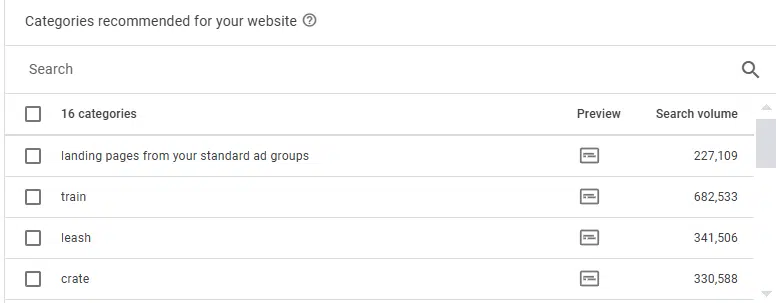
However, you don’t need to actually run any ad spend to get access to the dynamic targets section. This means you can get free intel on your (or your competitor’s website), including:
- Monthly global search volume estimates.
- Keyword categories Google sees as being relevant to the site.
- Ad copy examples based on how Google understands the page.
The only rule is not to include more than one URL per campaign.
Aside from that, you can use DSA to get insights into how Google sees your competitors.
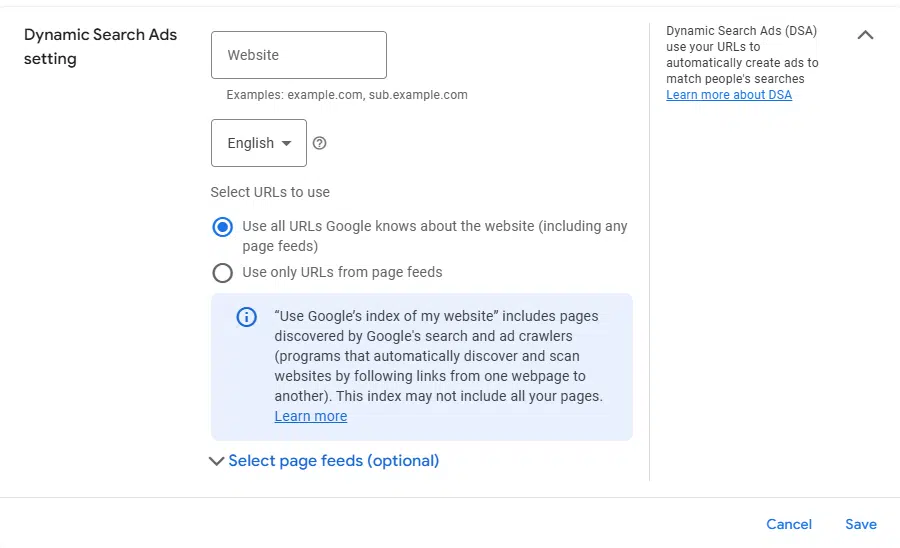
Note that you must go through the process of creating a campaign before you can turn on DSA.
Additionally, if you’re setting up a Google Ads account just to use DSA as a competitive research tool, you will need to provide a form of payment – or the ad account will eventually be canceled.
Knowing how Google understands your competitors can help you determine where to focus your content efforts.
This can mean cleaning up areas they’re leaving on the table or understanding whether they have secured complete dominance.
Dig deeper: How to benchmark PPC competitors: The definitive guide
2. Screen placements using CLS
Cumulative layout shift (CLS), part of Google’s Core Web Vitals, has historically been an SEO-exclusive metric.
It looks at how much the modules on your site change after 75% render.
Google uses 5 seconds to come up with the score, but 8 seconds is a safer metric.
Any CLS score of .2 or higher is bad, and keeping your score equal to or less than .1 is ideal.
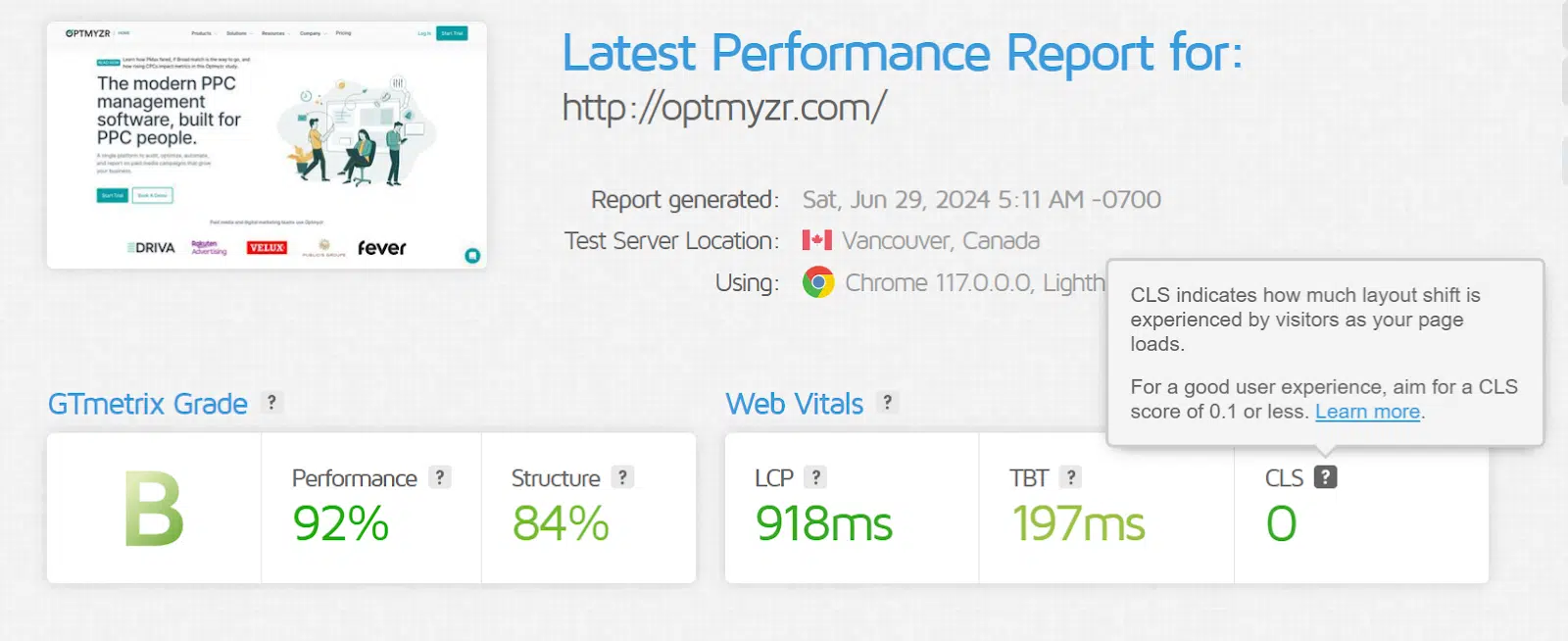
One of the biggest detractors of CLS is having too many ads or pop-ups on the page. Sites designed for ads will naturally have poor CLS scores.
Between Performance Max, search partners and conventional display, we know many placements are “junk.”
Rather than visiting each site to vet the content, applying a site speed test can help you weed through the many spammy domains.
While there currently isn’t a way to do this automatically (the API is expensive), there’s still value in auditing placements for CLS.
Before moving on, CLS is a factor in Quality Score (which impacts your bids). It’s a factor in your landing page experience and shouldn’t be ignored.
Most landing page tools enable brands to meet CLS thresholds, but it’s still a good idea to audit.
3. Build exclusion lists through Microsoft
Microsoft is a treasure trove of innovation and tools that go beyond Microsoft Advertising.
One of Microsoft’s most powerful resources is the universally available web publisher report and our ability to apply URL exclusions at all account levels (MCC, Account, Campaign and Ad Group).

Yet this report doesn’t need to limit itself to just Microsoft.
You can take the URLs you find distasteful from the Audience Network and Syndicated Partners (Microsoft’s Search Partners, then exclude them on Google through account-level exclusions.
This means you can find and exclude bad placements at a fraction of the price.
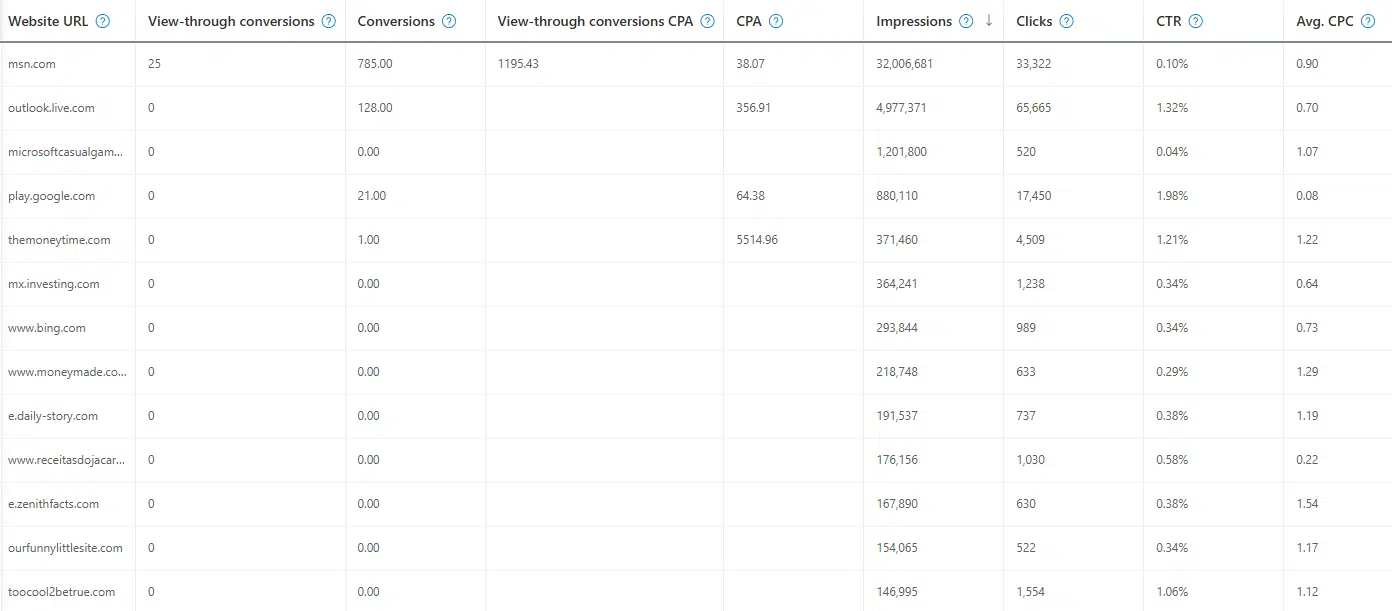
While many complained when the Audience Network was auto-added into traditional search campaigns, harvesting the placements for exclusion lists has real value.
This also paves the way for testing the Audience Network as a stand-alone campaign type with more confidence (especially with the introduction of impression-based remarketing).
If you want to add URL exclusions to Google, you’ll need to download the list and then copy/paste the list into the account-level exclusions:

4. Boost results with micro-conversions
The final tip is testing micro-conversions (especially if you’re in a low-volume industry).
When Optmyzr (disclosure: I serve as the company’s brand evangelist) examined bidding strategies and corresponding performance, meeting conversion thresholds was more important than budget.
 100vw, 1080px” data-lazy-src=”https://searchengineland.com/wp-content/seloads/2024/12/Which-bidding-strategies-do-best-with-low-spend.png.webp” /></figure>
</div>
<p>If you’re not hitting <a href=) 50+ conversions in a 30-day period with your conventional conversions, weaving in some micro-conversions may help.
50+ conversions in a 30-day period with your conventional conversions, weaving in some micro-conversions may help.
Micro-conversions track smaller wins on the path to the ultimate sale. They need to use different values so ad platforms understand which are more valuable.
Additionally, it’s likely ideal to use Maximize conversion value bidding when using micro-conversions so you can communicate effectively with the algorithm.
Here are some example micro-conversions and potential conversion values:
- Start form: 10-15% value associated with your completed form conversion.
- Watch video: 5% of completed form or phone conversion actions.
- Phone calls vs. phone calls of a certain length: 10% of phone call conversion value.
It’s important to note that none of the ROAS, CPA and other conversion metrics should be reported as final conversions to stakeholders or clients.
These tools help ad platforms work with accounts with low volume.
Additionally, if you use this method, you may need to exclude some data while you work out the right balance of conversion actions.
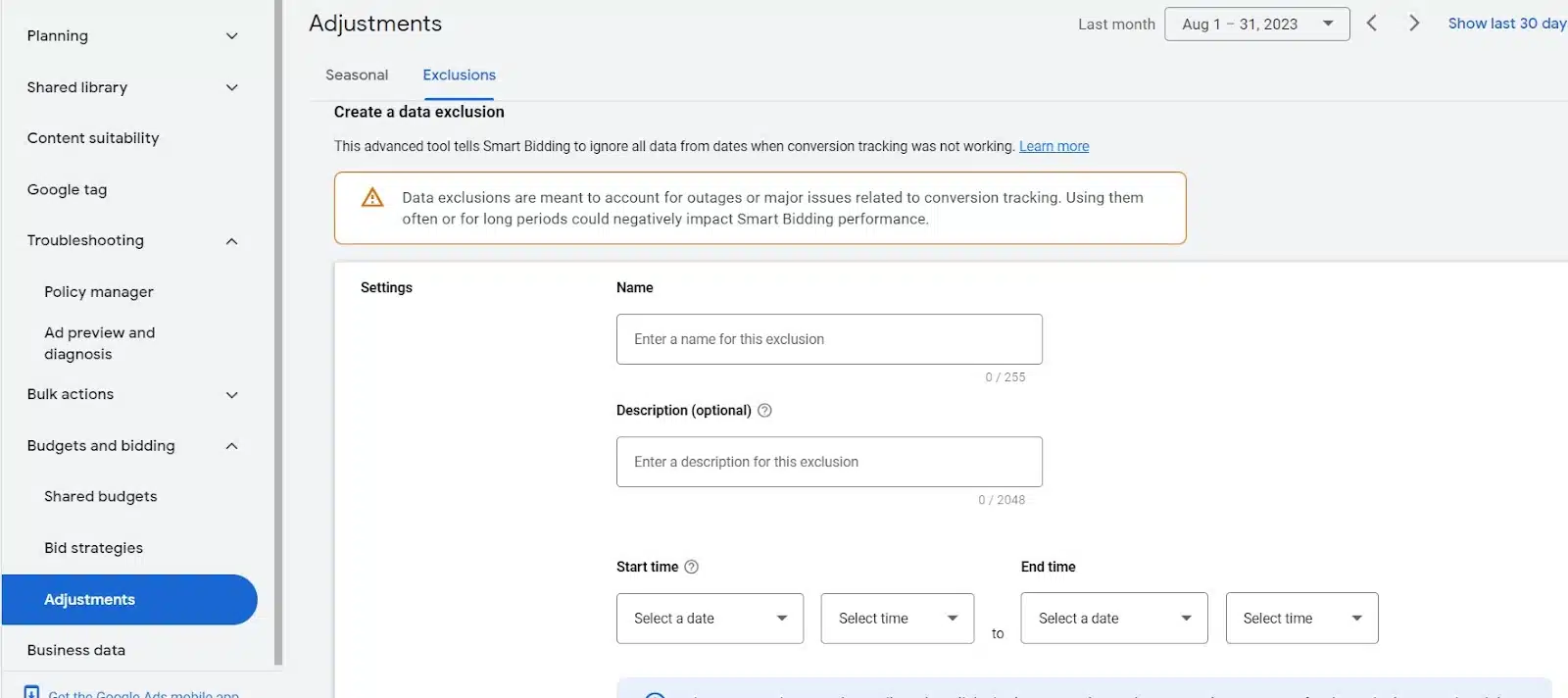
Final takeaways
These tactics offer valuable opportunities to test and refine your PPC strategy in 2025.
However, your core business metrics and objectives should guide which approaches to adopt and which to set aside.
For risk-averse businesses, straightforward techniques like using DSAs for insights and auditing placements with CLS are ideal starting points.
On the other hand, if you’re open to experimenting, exploring Microsoft’s tools for exclusion lists and incorporating micro-conversions can unlock additional potential for your campaigns.
Contributing authors are invited to create content for Search Engine Land and are chosen for their expertise and contribution to the search community. Our contributors work under the oversight of the editorial staff and contributions are checked for quality and relevance to our readers. The opinions they express are their own.



